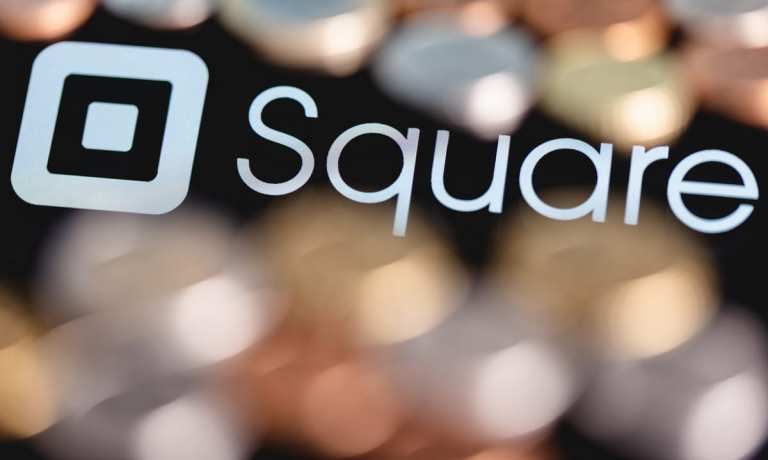
Business banking is being reimagined by FinTechs, in an interconnected way – one that, conceptually, creates a one-stop shop for enterprises to accept payments, interact with supply chains and tap working capital in order to finance growth.
Nowhere might that be more readily apparent than Square’s announcement that it has launched Square Banking, geared toward small businesses, combining a range of accounts and payment modalities in an effort to help those firms manage cash flow.
In terms of mechanics, the offering links checking accounts, savings accounts, cards and lending options.
It’s a move away from the payments processing core service that had marked its initial incarnation.
Connecting the checking account to the payments functionality would mean that funds gleaned from sales would instantly be spendable from the checking functions to, for example, pay workers through the Payroll function.
In a nod to the fact that the FinTech is not actually a full-fledged bank, we note that the checking account comes through Sutton Bank.
Loans And Checking
Elsewhere, a percentage of sales generated through Square can be directed into the savings accounts, in essence building up reserves to tackle everyday operational activities (with 0.5 percent APY). And in addition to that ability to build reserves, Square has joined the checking and savings account with the (newly renamed) Square Loans.
Part of the flexibility and the pivot can be traced to Square’s March launch of its Financial Services product. If it’s the platform and the API that can, in turn bring FinTech more fully into banking, it is the connectivity fostered by both that brings the end-to-end experience to SMBs. In essence, banking becomes part of the daily business of the small enterprise, accessed through the same places payments are.
We note that Square is only among the latest entrants into the FinTech-as-banking service provider to the SMBs space. As digital-first and digital-only companies make inroads into traditional financial services – sometimes by buying banks – it stands to reason that they would seek to offer a suite to the small business banking audience as well.
In one example, Lending Club bought Radius Bancorp, and in an interview with Karen Webster, Anuj Nayar, vice president and U.S. financial health officer at LendingClub, said the combination of LendingClub/Radius will create the U.S.’s first publicly traded neobank, branchless and digital in nature.
Post-close of the Radius acquisition, he said, the combined entity will likely first launch a high-yield savings account. But earlier this year, too, the company said that it had extended its support of the Paycheck Protection Program to ensure that businesses receive loans.
One key area for FinTechs to address pain points for SMBs: cash flow management. As noted in this space, FinTechs have been striving to address trade finance amid what we’ve noted is a $1.5 trillion trade finance “gap.” Yet Desmond Loh, chief executive officer of GUUD, said that FinTechs that either collaborate with banks or aim to disrupt them can streamline transactional financing, the process of connecting a small business to trade finance.
Read More On Digital Banking: